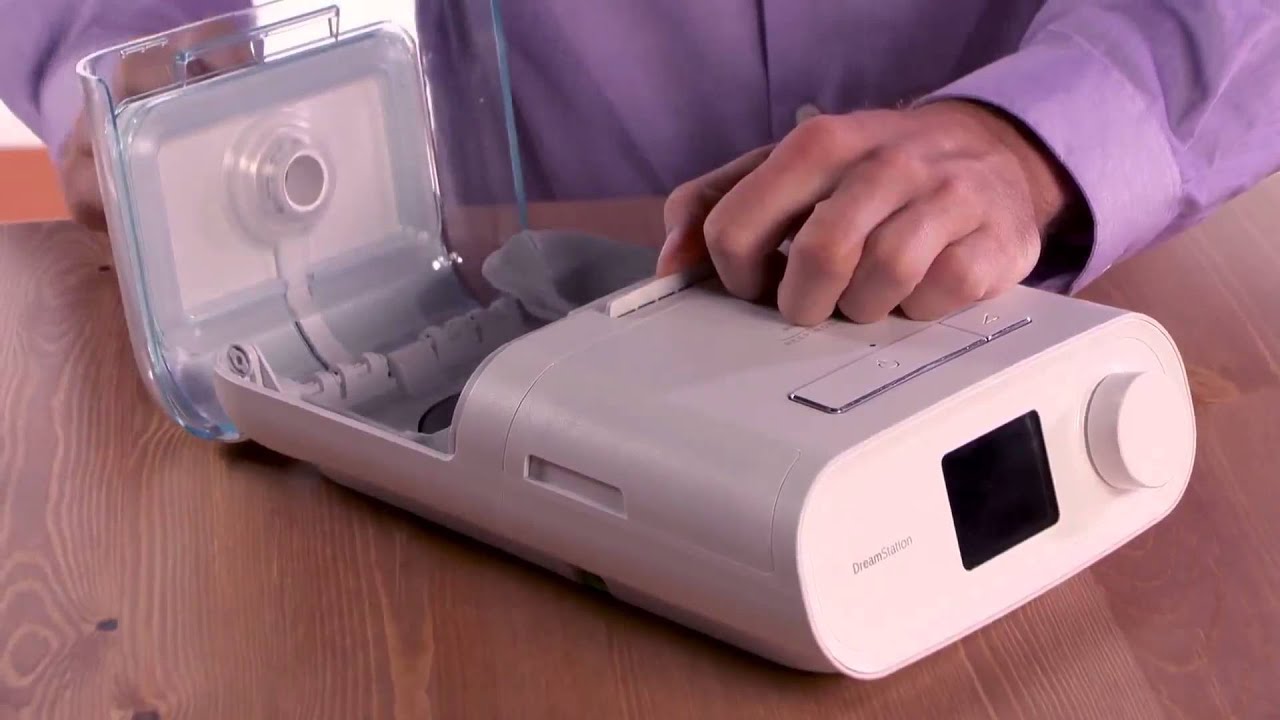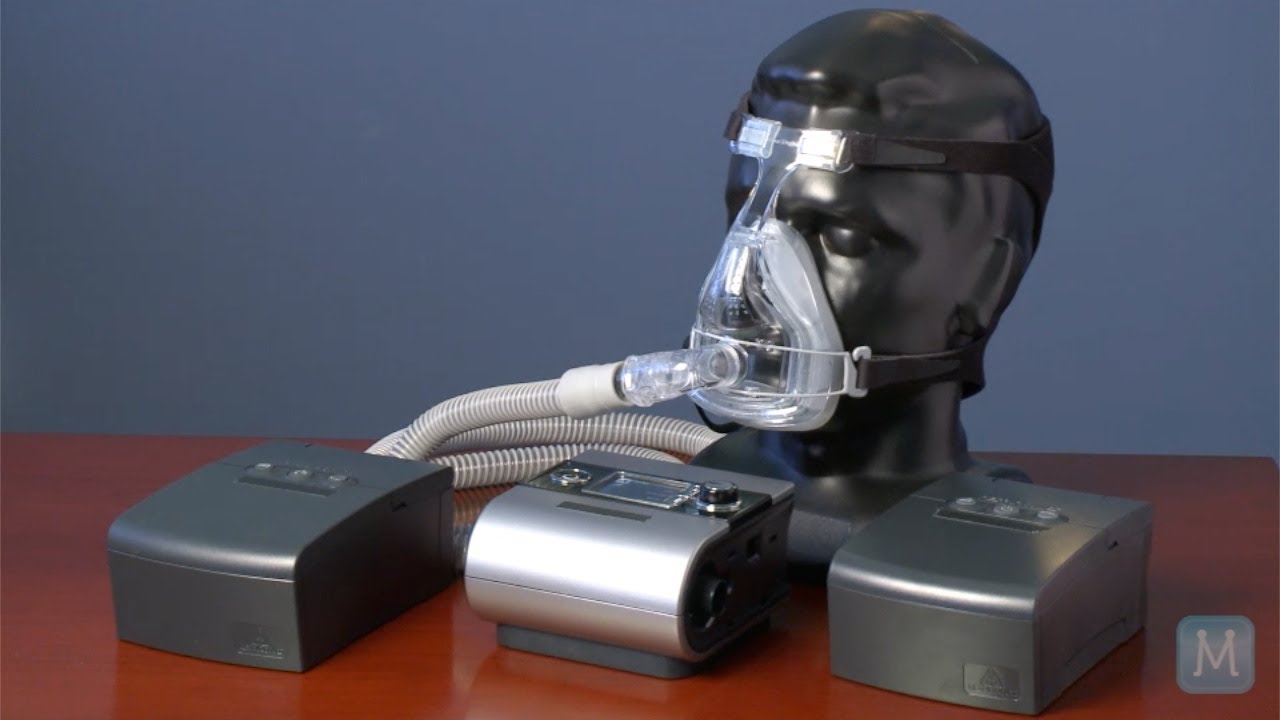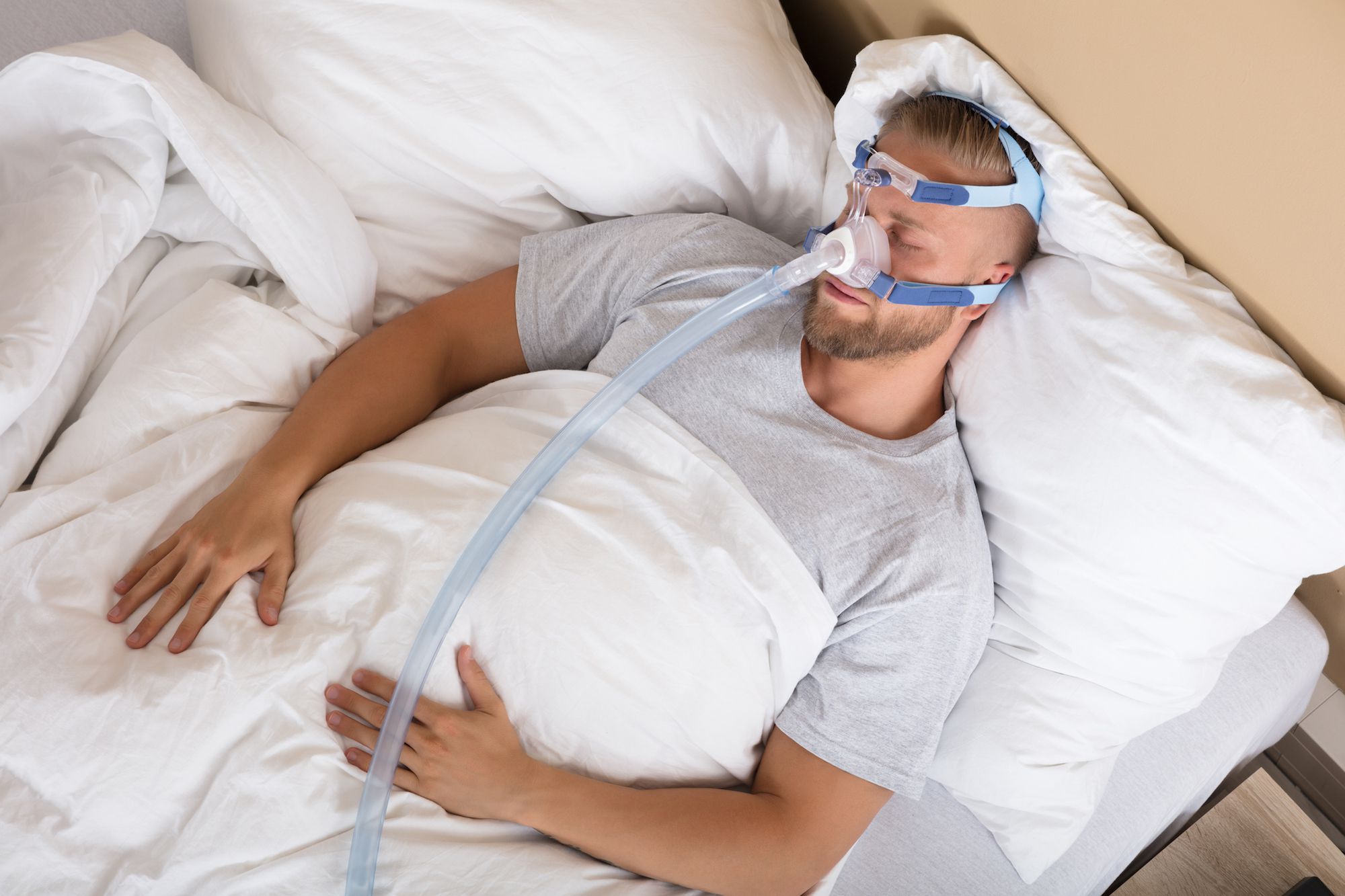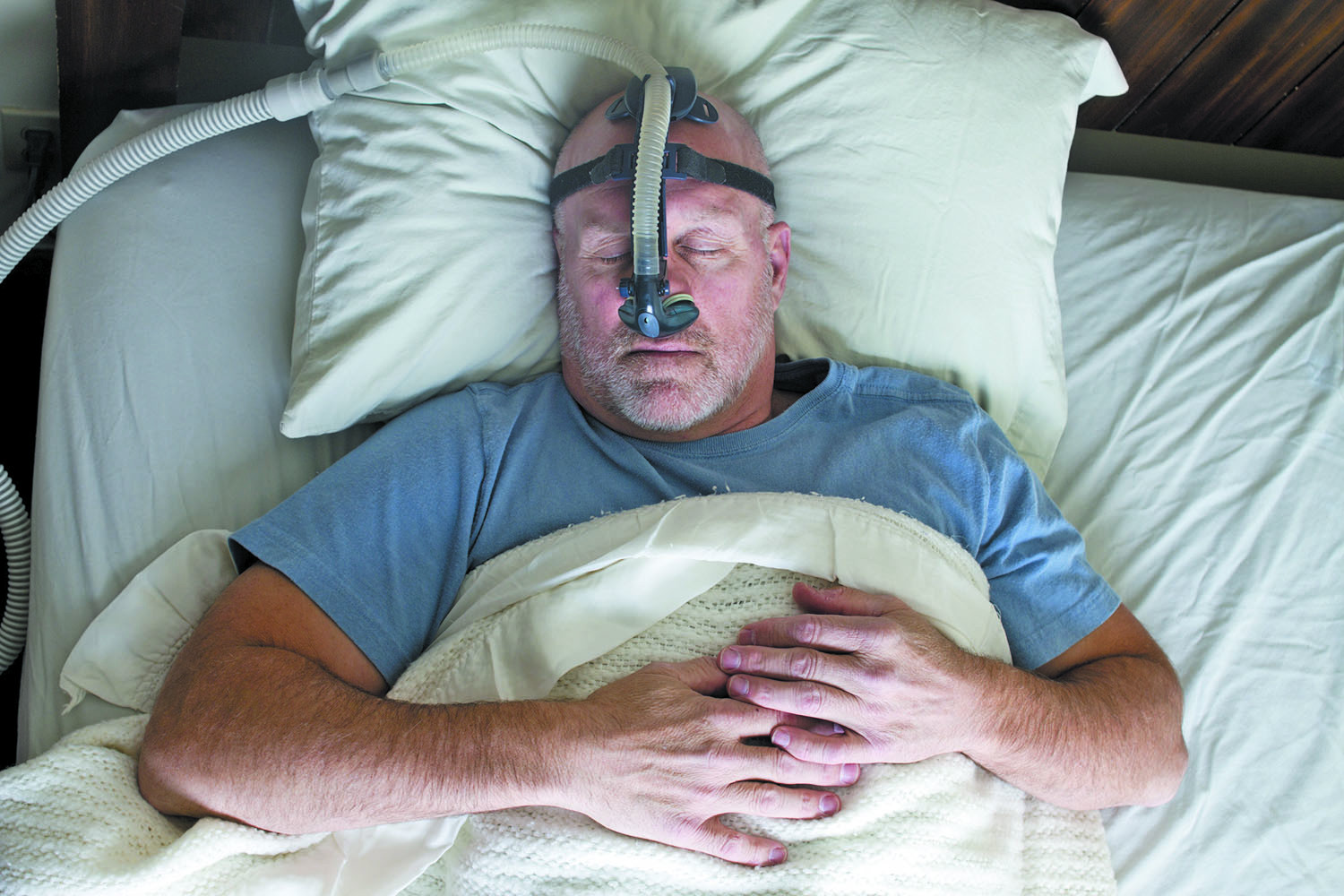Before you feel comfortable with CPAP therapy, it could take some time. Use the following guidance to improve the quality of your CPAP sleep:
As you read or watch TV throughout the day, start utilizing your CPAP for small periods of time.
This could help you get used to wearing your mask. It will seem more natural if you try to do so.
CPAP use should be a part of your sleep routine.
Use CPAP during each nap and every night. Less frequent cpap machine usage reduces its health benefits and makes it harder for your body to adjust to the therapy.
Make the environment a little more pleasant for you.
Adjust your mask straps and headgear once you get the ideal fit. You might also try a cushion made specifically to accommodate a CPAP mask and tube.
Ensure that your mask fits you adequately.
CPAP problems are most often caused by improper mask fit. If the mask is too big, you’ll need to tighten the straps holding it to your face. The straps’ friction across your face might irritate your skin or perhaps lead to blisters. You may buy soft strap covers to keep the CPAP straps from irritating your skin. A mask’s seal won’t be as tight if it’s too small since air will leak through the edges. The wind can blow your eyes out. If you are having one of these problems, you could need a new mask or piece of headgear.
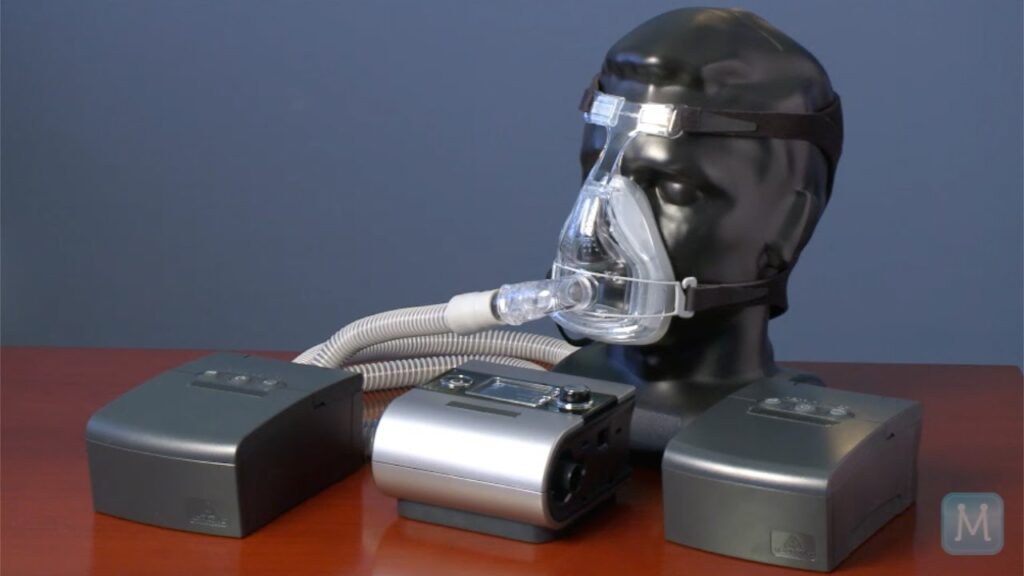
If the pressure appears too high when you’re trying to sleep, turn your CPAP machine to the “ramp” setting.
The ramp option will first lower the pressure on your device and then gradually increase it over time. By the time the air pressure reaches the correct level, you should be able to fall asleep.
With CPAP treatment, nasal congestion could be an issue; use a saline nasal spray to treat mild nasal congestion. A nasal spray may be beneficial for those who have nasal or sinus congestion.
Use a humidifier if your nose, throat, or mouth are dry.
A heated humidifier is a typical component of CPAP devices. It ensures that the warm, humid air you breathe via your mask is safe to breathe.
Establish a regular schedule for cleaning your equipment.
Wash your mask, tubing, and headgear once a week. So that you don’t forget to do it, schedule this time.
Advice for taking your CPAP machine on the road
The Alaska Sleep Clinic receives the most inquiries about how to transport CPAP machines. Many of our residents have “slope” jobs that require them to spend a lot of time away from home between R&R breaks, and many of our patients often go to the “lower 48” for vacations and to see relatives.
Living with sleep apnea may be difficult enough without all the travel-related annoyances. Many patients find it challenging to use a CPAP machine every night at home, much alone the idea of lugging one about while they travel.
You shouldn’t let the idea of bringing your computer with you make you sad, however. You should never leave your computer at home, not even for short trips. Unbeknownst to many, traveling with a CPAP machine is easier than previously thought.
Here are some helpful tips when traveling with a CPAP machine.
Plan your trip in advance
No, you don’t need to spend weeks extra preparing to travel with your CPAP machine, but you should make sure you’ve taken care of a few important items before you go. Making arrangements for your vacation in advance can make it easier and more enjoyable.
Although many CPAP users prefer to travel with their equipment, you are allowed to check your CPAP in your luggage if you’d like. Since CPAP machines are medical equipment covered by the Americans with Disabilities Act, they are not regarded as carry-on baggage.
It’s a good idea to bring your CPAP machine on the journey in case your luggage gets lost.
Traveling with more modern machines shouldn’t be difficult since they are often small, light, and come with carrying bags.
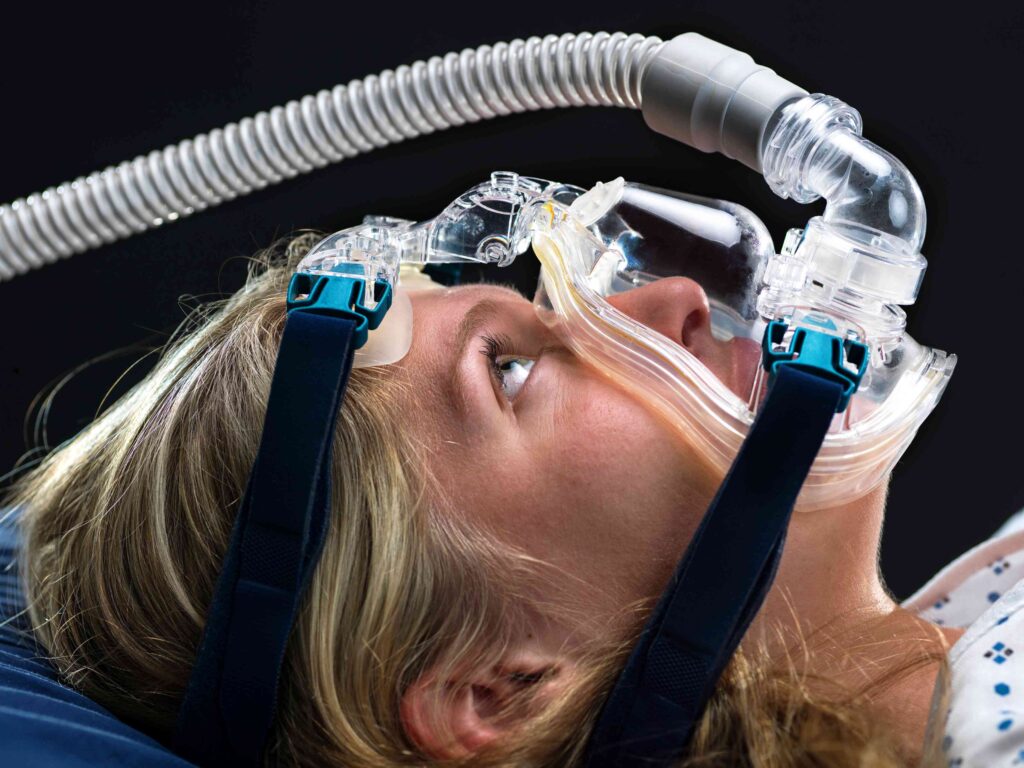
However, there are CPAP machines that are even more useful and portable that are made especially for travel. If you travel often, it might be wise to invest the money on a second device that is specifically designed for travel.
- Ensure you have all the plugs and adaptors required for your location. Traveling overseas shouldn’t be a problem since almost all current electronics have universal power supplies that can adapt to various voltages.
- You may wish to consider purchasing or renting a backup battery pack. These are great for camping trips or even simply as a backup plan in case of power outages.
- Include supplementary materials (especially cushions). You never know when your mask pillows may stop working.
- Before transporting your CPAP machine, make sure the humidifier chamber is dry and empty to prevent spillage and potential machine damage.
- If you’re flying overnight or want to use your CPAP to sleep while in the air, be sure your airline seat offers power outlets.
- Keep your prescription handy in case you run out of supplies or encounter device malfunction while away from home. Ask your current CPAP provider for supplier recommendations for the area you want to travel.
What to expect at the airport and on the plane
- It’s a good idea to label your CPAP case with a medical equipment baggage tag. However, the majority of TSA staff members are knowledgeable with CPAP machines and can recognize them as medical equipment with ease.
- Your CPAP will need to be x-rayed. To hasten the process, remove the machine from the travel case and place it in a different screening bin. The rest of the gear may be kept in the carry case. An agent may need to swab your CPAP machine in order to look for explosive residue. If so, ask the agent to use a fresh pair of gloves and an unopened swab.
- If cleanliness is an issue, place the CPAP device in a clear plastic bag before discarding it.
- It could be a good idea to have your prescription with you in case TSA agents want further verification for your luggage.
- If you want to use your smartphone while traveling, make sure you have the necessary adapters or a backup battery pack.
- Instead of using tap water to fill your humidifier in the airplane or airport restroom, use bottled water.
- If using your equipment while traveling by airplane makes you feel a bit uncomfortable, you may always get a CPAP travel sweater to be more covert.
More to read: Does Femto laser eye surgery sound familiar?

